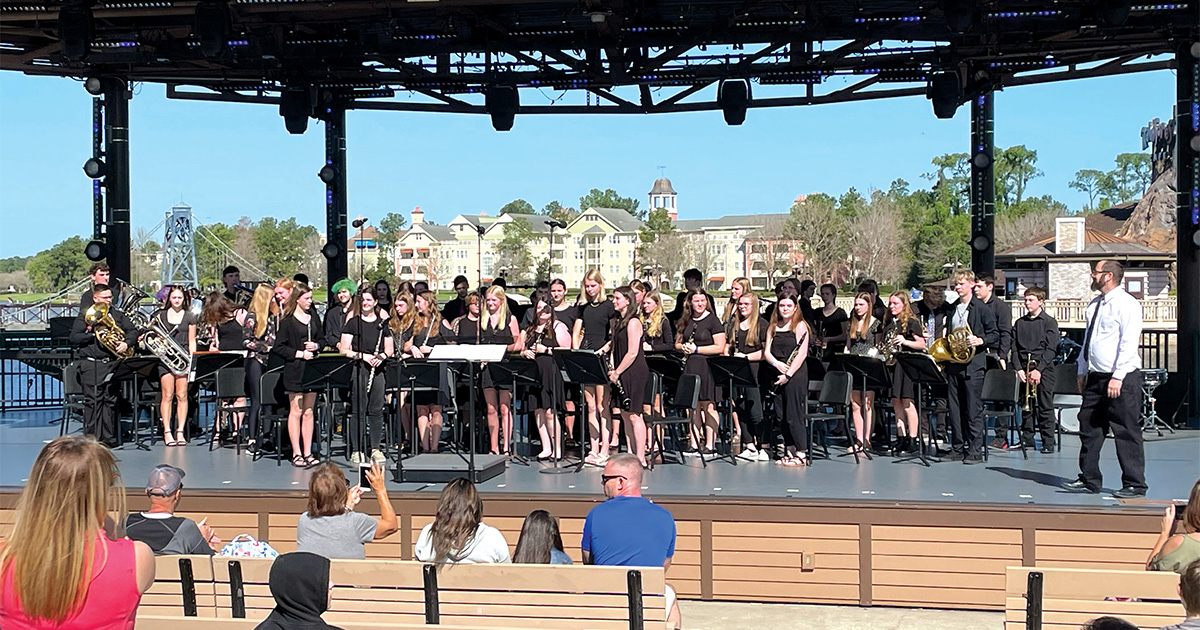With the 2019 Spring Break season approaching, the Student & Youth Travel Association (SYTA) and the US Travel Insurance Association (UStiA) share advice for students, their families and teachers on planning a safe and enriching trip.
Meaningful and Educational Travel on the Rise
New York City and Washington D.C. still top the list of destinations for student groups traveling in 2018, according to a survey conducted by Teach & Travel, SYTA’s official publication. Atlanta, Georgia; Cleveland, Ohio; and San Antonio, Texas are noted as emerging destinations over the past two years, and Toronto, Ontario and Montreal, Québec lead in students’ North American travel outside the United States. Spain and Italy continue to dominate as the most popular student destinations internationally. For more on this survey, visit Teach & Travel.
SYTA’s research shows that more student travelers are spending their breaks on more purposeful, educational, and service-related travel now.
“We see increasing trends toward educational and purposeful travel with young people today,” said Carylann Assante, CEO, SYTA and SYTA Youth Foundation.
“These destinations have the right mix of fun things to do, historical relevance and voluntourism opportunities, making them ideal for student travel.”
Travel has a significant positive social impact on young people, according to SYTA’s Student & Youth Travel Digest. This comprehensive study shows that travel can trigger accelerated personal development, improve academic performance and improve social interaction. In fact, 79 percent of educators surveyed believe that travel is a priority to increase cultural awareness, 74 percent believe that travel has a very positive impact on students’ personal development, and more than half of teachers believe travel has a very positive impact on students’ education and career.
Travel Insurance is Key to Safe Travel
SYTA and UStiA believe that in addition to providing young people with an enjoyable and beneficial break from school, the most important consideration for Spring Break travel is safety while away from home. This includes choosing a reputable tour operator for the trip, ensuring that trip chaperones are well versed in student travel safety requirements, and having adequate travel insurance to safeguard a family’s travel investment.
In 2016, Americans spent $2.8 billion on all forms of travel protection—a 115 percent increase from the $1.3 billion spent a decade earlier, according to UStiA’s 2016-2018 Travel Protection Market Study. If a trip is cancelled or interrupted because of a medical emergency, severe weather or mechanical problems experienced by airlines or cruise lines, travel insurance can help reimburse prepaid expenses or cover unexpected out of pocket expenses—such as extra hotel nights or a plane ticket home.
“There’s a growing awareness of the types of things that can disrupt travel—extreme weather, natural disasters, and airline delays to name a few. This, combined with consumers’ desire to protect their travel investment, is driving the increase,” says Megan Cruz, UStiA’s executive director.
“That’s why it’s important that students and their families understand the financial loss they could face if a student has to cancel or cut a trip short.”
As students venture out into the world this spring in search of fun and increasingly new and authentic experiences, there are a number of precautions that can be taken by parents, teachers and students to protect their personal—and financial—health and safety. SYTA and UStiA offer these recommendations to consider before you go:
Advice for Student Travelers, Teachers and Parents
- Teachers, school administrators and families should select a travel itinerary with a professional tour operator that specializes in student travel. You can find a list of operators at SYTA.
- Think about your travel priorities before you choose a destination. Are you interested in history, scenery, theater and entertainment? Every itinerary is different, but you can get a preview of the activities by checking into individual tour operator websites.
- Consider purchasing a travel protection plan, to safeguard your investment and yourself. Read your policy carefully to understand what’s covered and if you’re not sure, ask the insurance company. Keep the contact information of your travel insurance provider handy, should you need immediate assistance. Find insurance companies and travel protection providers at UStiA.
- While traveling and in your hotel, always be aware of your surroundings. Keep your travel documents secure and easily accessible, and always follow the advice of your travel chaperones.
- Keep documentation of your planned and unexpected expenses, in case you need to file a reimbursement claim.
- Check that your travel provider is up to date on all current safety regulations and recommendations. SYTA—in partnership with the Center for Student Travel Safety (CSTS)—offers a Safety Resource Guide.
Courtesy of SYTA and UStiA.




